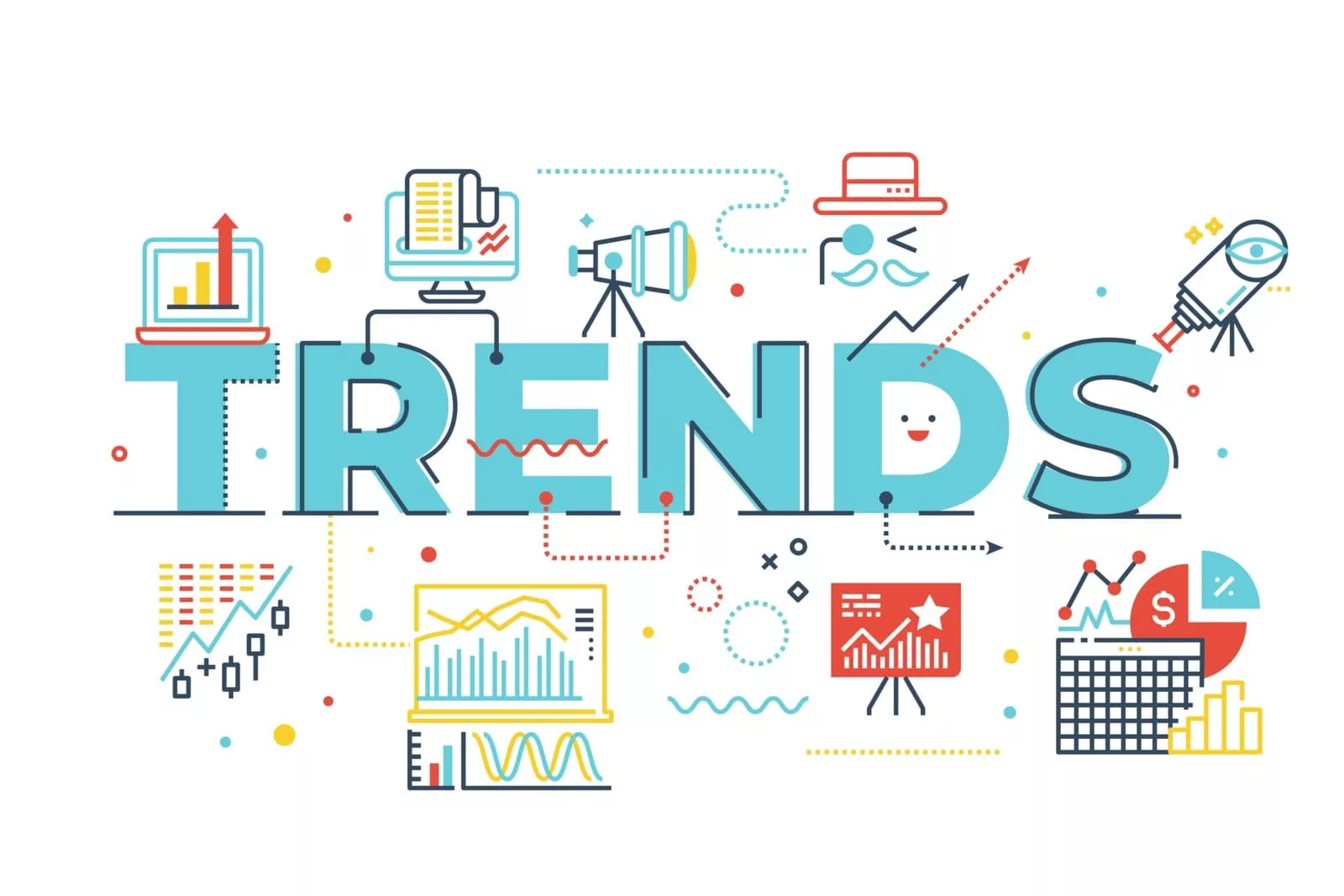The digital realm is ever-changing, and web design must evolve in tandem. Staying ahead of the curve is paramount for businesses aiming to captivate audiences and deliver seamless user experiences. In 2024, a new wave of web design trends is revolutionizing how we interact with websites.
These trends not only enhance aesthetics but also prioritize functionality, engagement, and accessibility. By understanding and incorporating these trends, businesses can ensure their websites remain relevant, captivating, and effective in the digital age.
Microinteractions for Delightful User Experiences
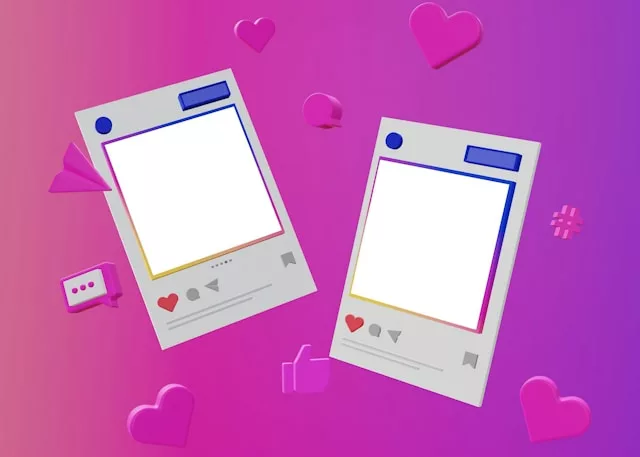
Microinteractions are the small, subtle animations or visual cues that respond to user actions. They may seem trivial, but they have a profound impact on the overall user experience. Think of a button that changes color when hovered over, a loading bar that fills gradually, or a playful animation when an item is added to a shopping cart.
These nuanced details add a touch of personality and interactivity to websites, making them feel more responsive and engaging. By incorporating microinteractions thoughtfully, web designers can guide users, provide feedback, and create a more enjoyable browsing experience.
Bold Typography as a Statement
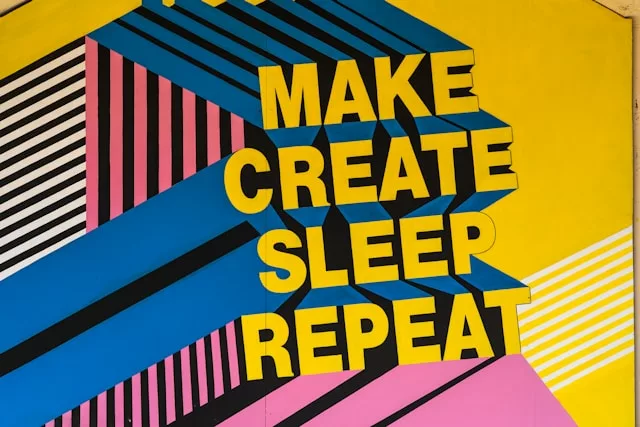
Typography is no longer just about readability – it’s about making a statement. In 2024, expect to see websites embracing bold, expressive fonts that leave a lasting impression. Oversized headlines, creative typefaces, and artistic arrangements of letters will be used to capture attention and convey brand personality.
Bold typography serves as a visual anchor, guiding the user’s eye and establishing hierarchy within the content. By experimenting with font choices, sizes, and arrangements, web designers can create visually striking websites that are both memorable and impactful.
Immersive 3D Elements for Engagement
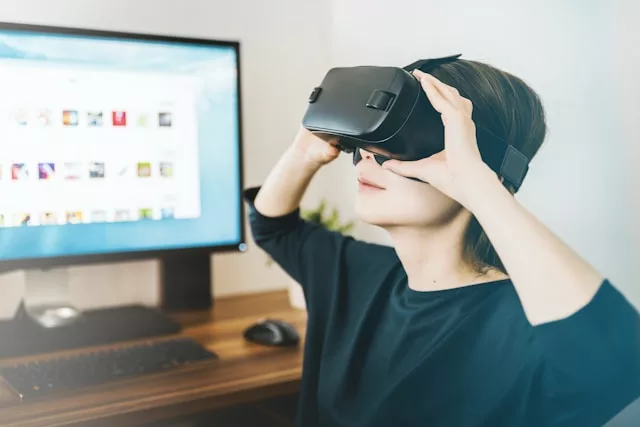
3D elements are breaking down the barriers between the digital and physical worlds, transforming websites into immersive experiences. Expect to see websites integrating 3D graphics, animations, and even virtual reality (VR) elements to create engaging and interactive environments.
From product showcases that allow users to manipulate 3D models to virtual tours of real-world locations, 3D elements add depth, realism, and a sense of wonder to websites. By embracing this trend, web designers can offer users a more interactive and memorable way to explore content and products.
AI-Powered Personalization for Tailored Experiences
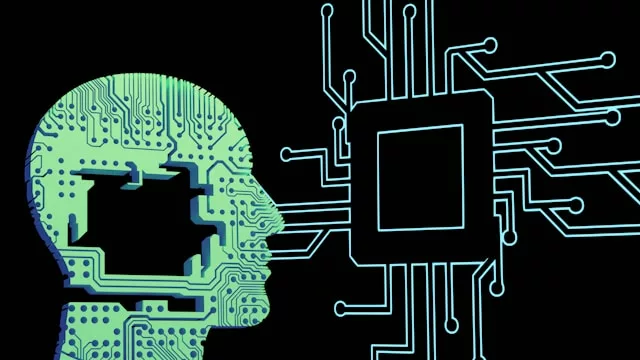
Artificial intelligence (AI) is reshaping the landscape of web design by enabling personalized experiences at scale. By analyzing user behavior, preferences, and demographics, AI algorithms can dynamically tailor content, product recommendations, and even website layouts to individual users.
This means that each visitor to your website could have a unique experience, seeing content that is most relevant to their interests and needs. AI-powered personalization enhances engagement, drives conversions, and fosters stronger connections between brands and their customers.
Nostalgic Retro Design for a Touch of Whimsy
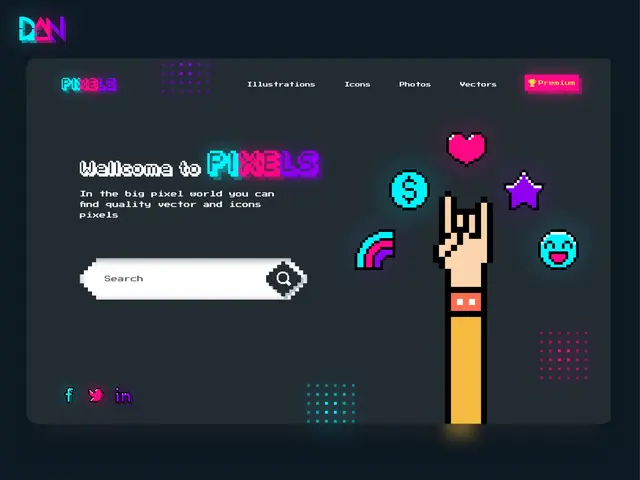
Retro design is making a triumphant return, infusing websites with a sense of nostalgia, playfulness, and charm. We’ll see websites incorporating elements like pixel art, vintage typography, and color palettes reminiscent of bygone eras.
This trend taps into the emotional connection people have with the past, creating a sense of familiarity and comfort. Retro design adds a unique personality to websites, differentiating them from the sleek, modern aesthetics that have dominated in recent years.
Dark Mode for Enhanced Visual Appeal
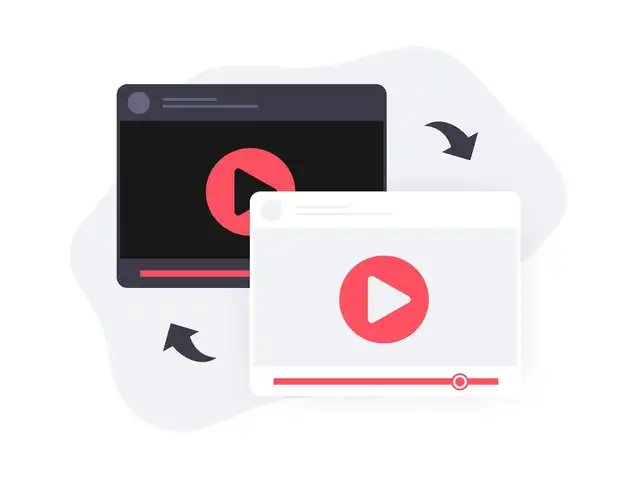
Dark mode has transcended its trend status and is now a staple feature on many websites and applications. Its sleek, modern aesthetic not only appeals to users visually but also offers potential benefits like reduced eye strain, particularly in low-light environments. By implementing dark mode, websites can cater to user preferences, improve readability, and create a sophisticated browsing experience.
The flexibility to switch between light and dark modes empowers users to customize their viewing experience based on their individual needs and preferences. As screen time continues to increase, prioritizing user comfort through features like dark mode is becoming increasingly important.
Organic Shapes for a Natural Feel
In 2024, web design is moving away from rigid geometric shapes and embracing the fluidity of organic forms. Websites will incorporate rounded corners, flowing lines, and asymmetrical layouts to create a more natural and welcoming feel.
Organic shapes are reminiscent of elements found in nature, like leaves, water droplets, or clouds, evoking feelings of harmony and tranquility. By using organic shapes in backgrounds, illustrations, and even in the layout of content, web designers can create visually interesting and inviting websites that feel less sterile and more approachable.
Minimalist Navigation for Streamlined Experiences
Minimalism is a design philosophy that emphasizes simplicity and clarity. In the realm of website navigation, this translates to decluttered menus, concise labels, and a focus on the most essential links. Minimalist navigation aims to streamline the user experience by making it easier for visitors to find what they need and navigate the website without feeling overwhelmed.
By reducing cognitive load and eliminating unnecessary distractions, minimalist navigation improves user satisfaction and ensures that visitors can quickly access the information or actions they seek. This trend is particularly valuable for mobile devices, where screen space is limited.
Interactive Storytelling for Deeper Engagement
Storytelling has always been a powerful way to connect with audiences, and interactive elements take it to the next level. In the rest of 2024, websites will leverage interactive storytelling to captivate users and create more memorable experiences.
Techniques like parallax scrolling, where background elements move at different speeds than foreground elements, create a sense of depth and immersion. Animations, interactive maps, and quizzes further enhance engagement by allowing users to actively participate in the narrative. By weaving stories into their websites, businesses can foster deeper emotional connections with their audience.
Sustainability in Design for a Greener Future
As environmental concerns continue to grow, sustainability is becoming a central theme in web design. In 2024, websites will increasingly embrace eco-friendly practices, not only in their content but also in their technical implementation.
This includes optimizing websites for reduced energy consumption, using sustainable web hosting providers, and minimizing the environmental impact of digital assets like images and videos. By prioritizing sustainability, web designers can contribute to a greener future while also aligning their work with the values of an increasingly eco-conscious audience.
Conclusion
The web design landscape of 2024 promises to be exciting, with innovative trends that prioritize user experience, engagement, and sustainability. By embracing these trends, businesses can create websites that not only look visually stunning but also function seamlessly, tell compelling stories, and contribute to a more eco-conscious digital world.
